The West Feliciana Railroad was one of America’s earliest railroads — a 26-mile line that once connected St. Francisville, Louisiana, to Woodville, Mississippi. Built to move cotton from Mississippi plantations to the busy steamboat docks at Bayou Sara, below the St. Francisville, the railroad helped open the door to faster commerce nearly two centuries ago.
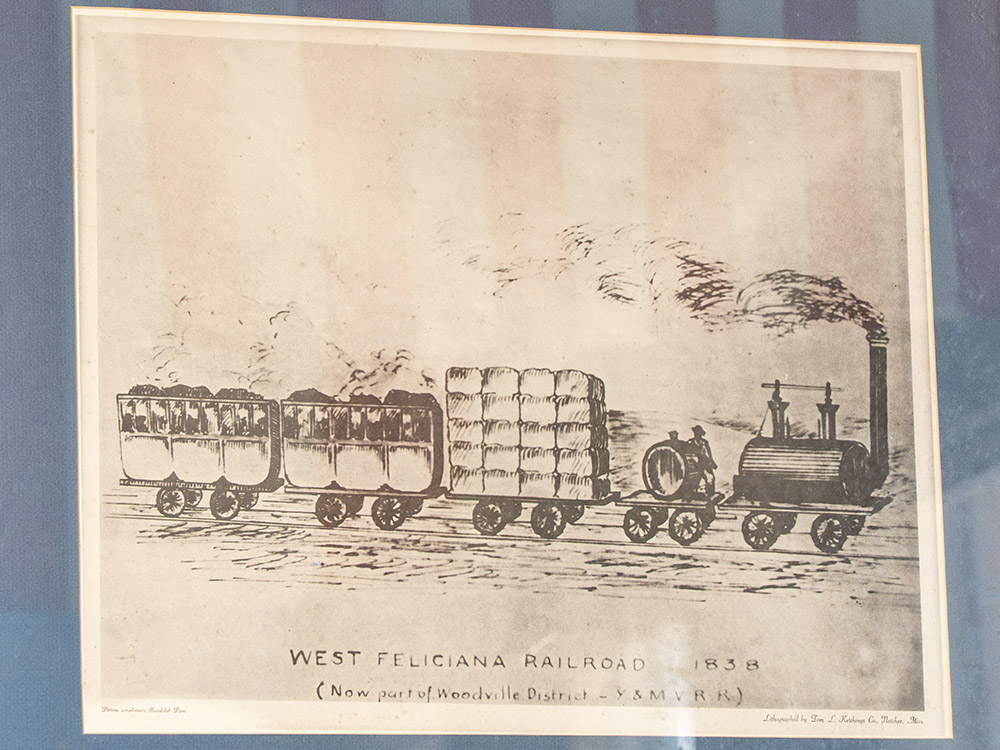
In the early 1800s, Woodville’s plantation owners struggled to move their crops through the hills and muddy roads to reach the Mississippi River. Lili Lewis, editor and publisher of The Woodville Republican, says local leaders believed rail could transform their economy. “Overland is dreadful, you know — buggies and carriages and wagons just took forever,” Lewis explains. “So their idea was that if they had a railroad, everybody could just load their cotton on the train and take it to St. Francisville, and that would be expedient.”
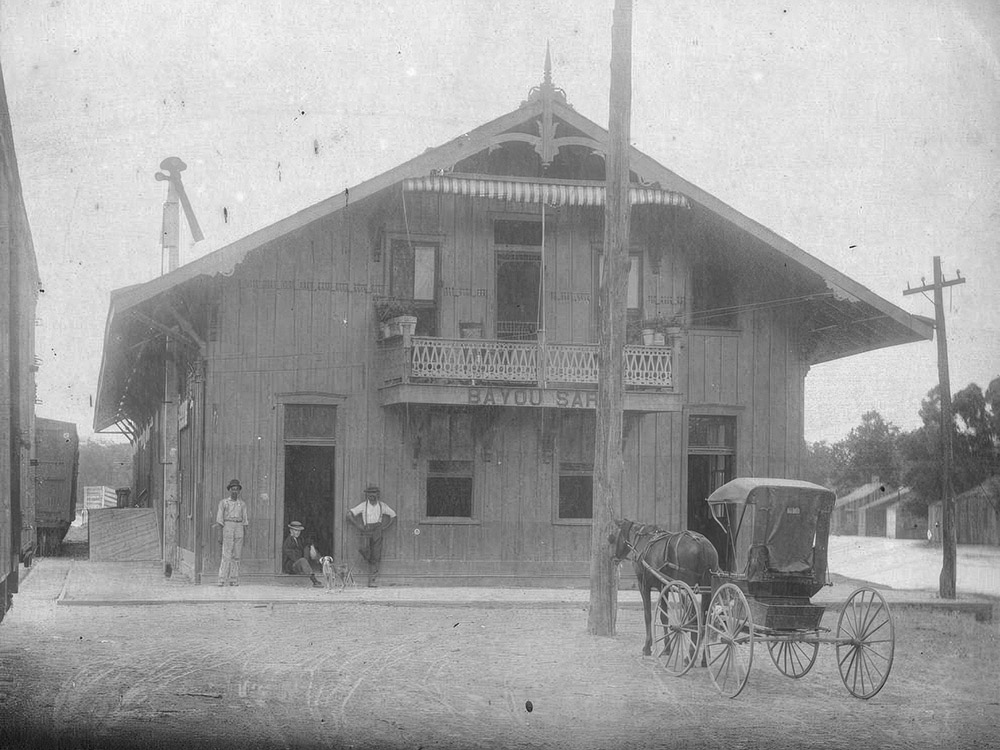
a slow start for the railroad
Louisiana’s legislature granted a charter for the West Feliciana Railroad in 1831, making it the third chartered railroad in America. But construction took nearly a decade, slowed by financial and labor shortages — and even tragedy.
Cliff Deal, curator at the West Feliciana Museum in St. Francisville, describes one major setback: “All of the rail that was being shipped in from England on a steamboat pulled up to the docks in Bayou Sara and exploded,” Deal says. “They lost the entire stock of rails.”
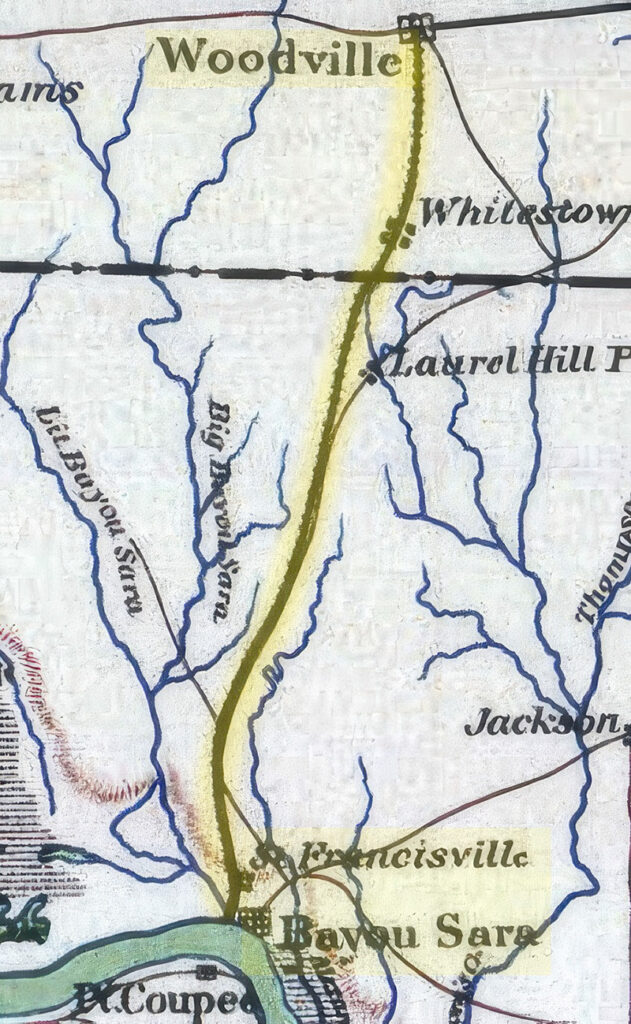
a first for interstate travel
When trains finally began rolling in 1842, the West Feliciana Railroad became the nation’s first interstate rail line, crossing from Mississippi into Louisiana. It was also one of the first to use the standard-gauge track that remains the U.S. rail standard today. The line even printed its own currency — one-, two-, and three-dollar notes passengers could use to pay fares or ship mail.
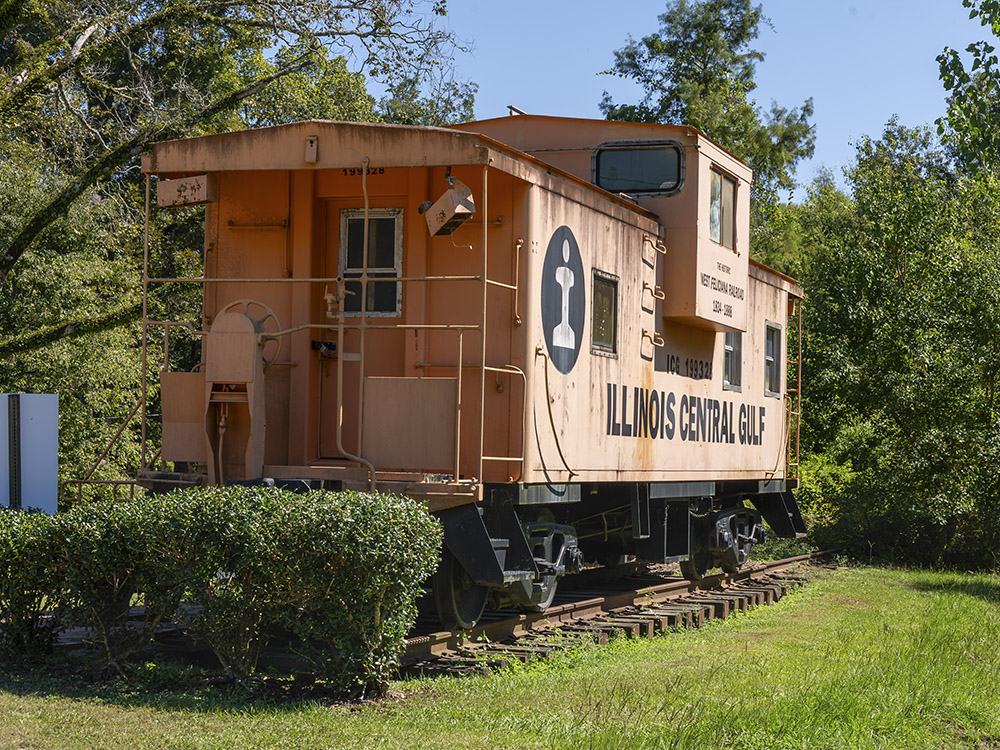
The line was eventually sold to the Illinois Central Railroad. In St. Francisville, a bright orange Illinois Central caboose now stands as a monument to the railroad’s past. “I went and got the research for it,” Deal says. “I followed it back and painted it so that it represents the beautiful Illinois Central orange they used to have on the caboose and the engines.”
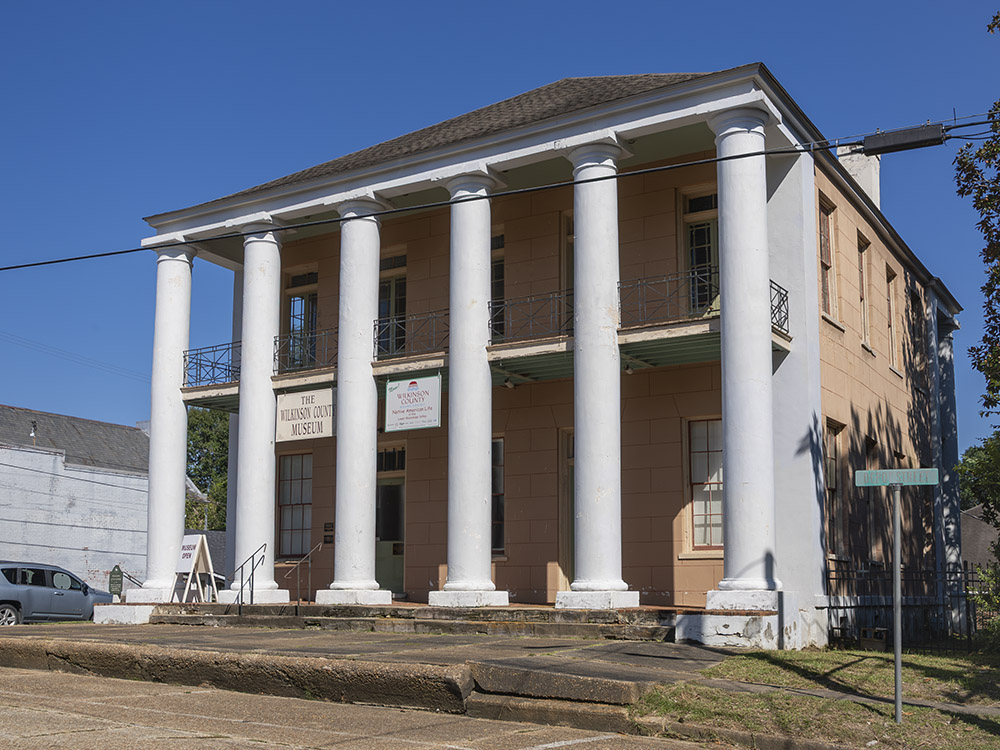
a final whistle for the west feliciana railroad
At the other end of the line, Woodville’s original railroad bank, a stately two-story columned building from the 1830s, still watches over the town square. “It was the bank for the railroad,” Lewis says. “That’s how they were going to make money to fund the railroad. So this was where all the transactions were done, and the people on the board lived upstairs.” The old railroad bank building now houses the Wilkinson County Museum.
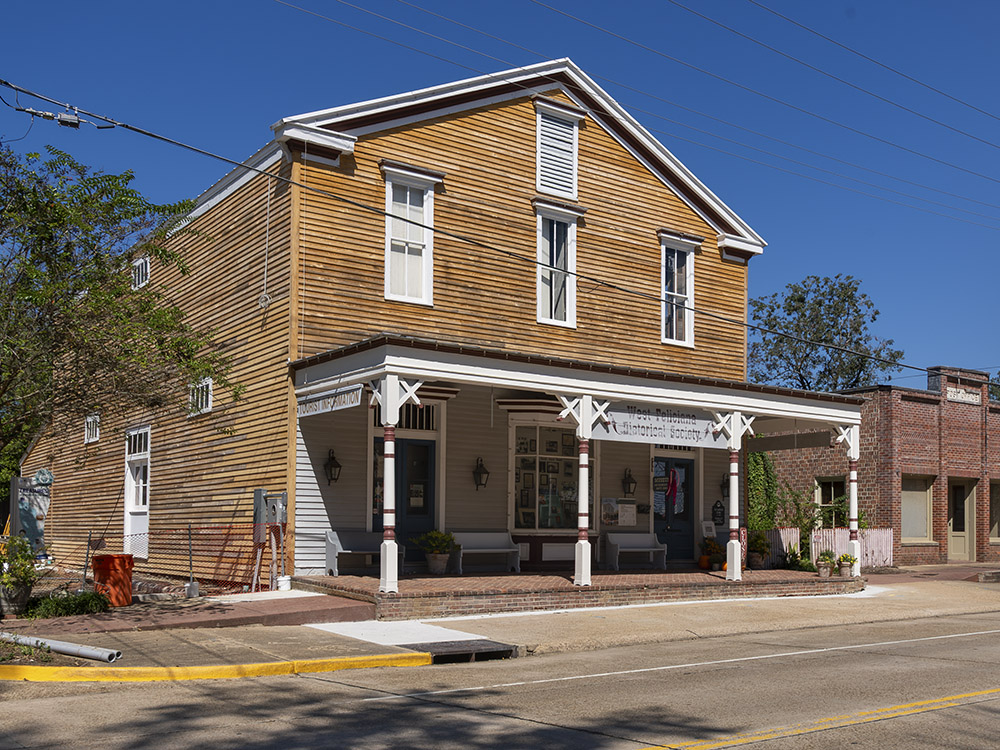
Lewis also recalls when the last train left town. “I remember the last train to Woodville,” she says. “It was in 1978. We all went and waved goodbye as it left for St. Francisville.” Today, the rails are gone, but museums in Woodville and St Francisville, along with an orange caboose, are helping to keep the towns’ shared history alive.
west feliciana railroad featured on tv
11757 Ferdinand St, St Francisville, LA 70775

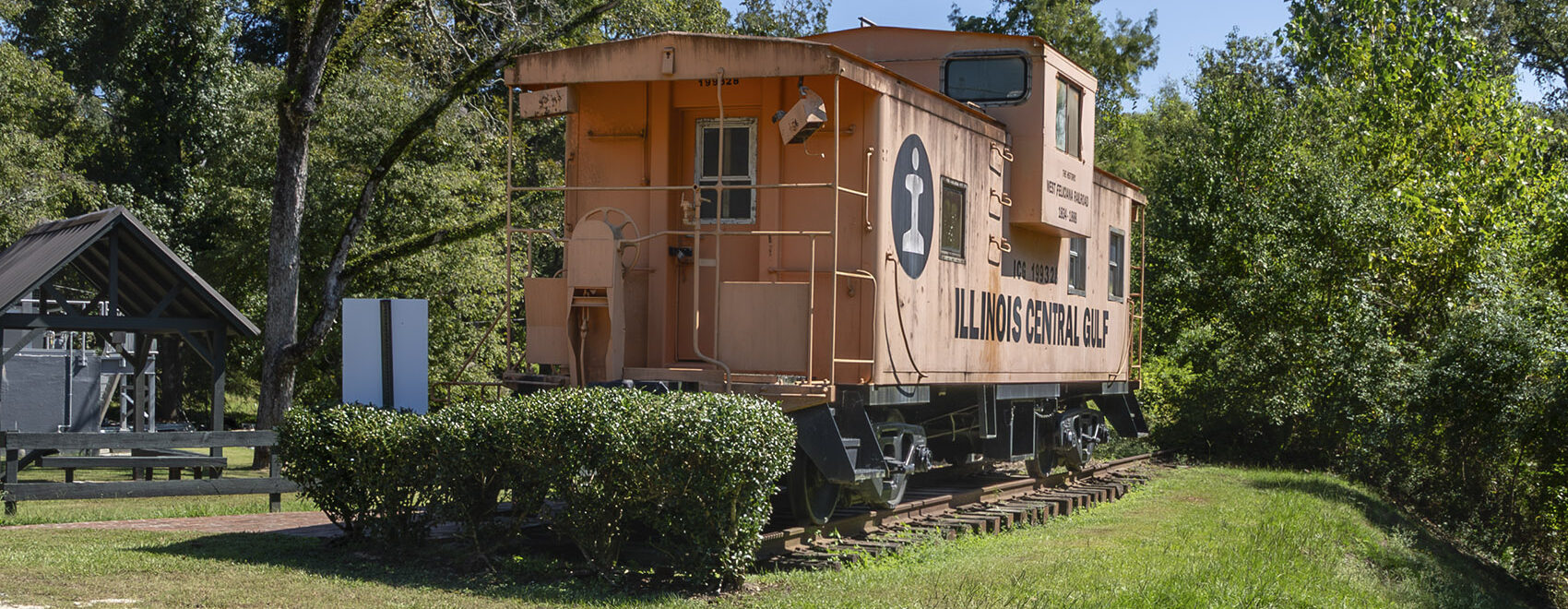
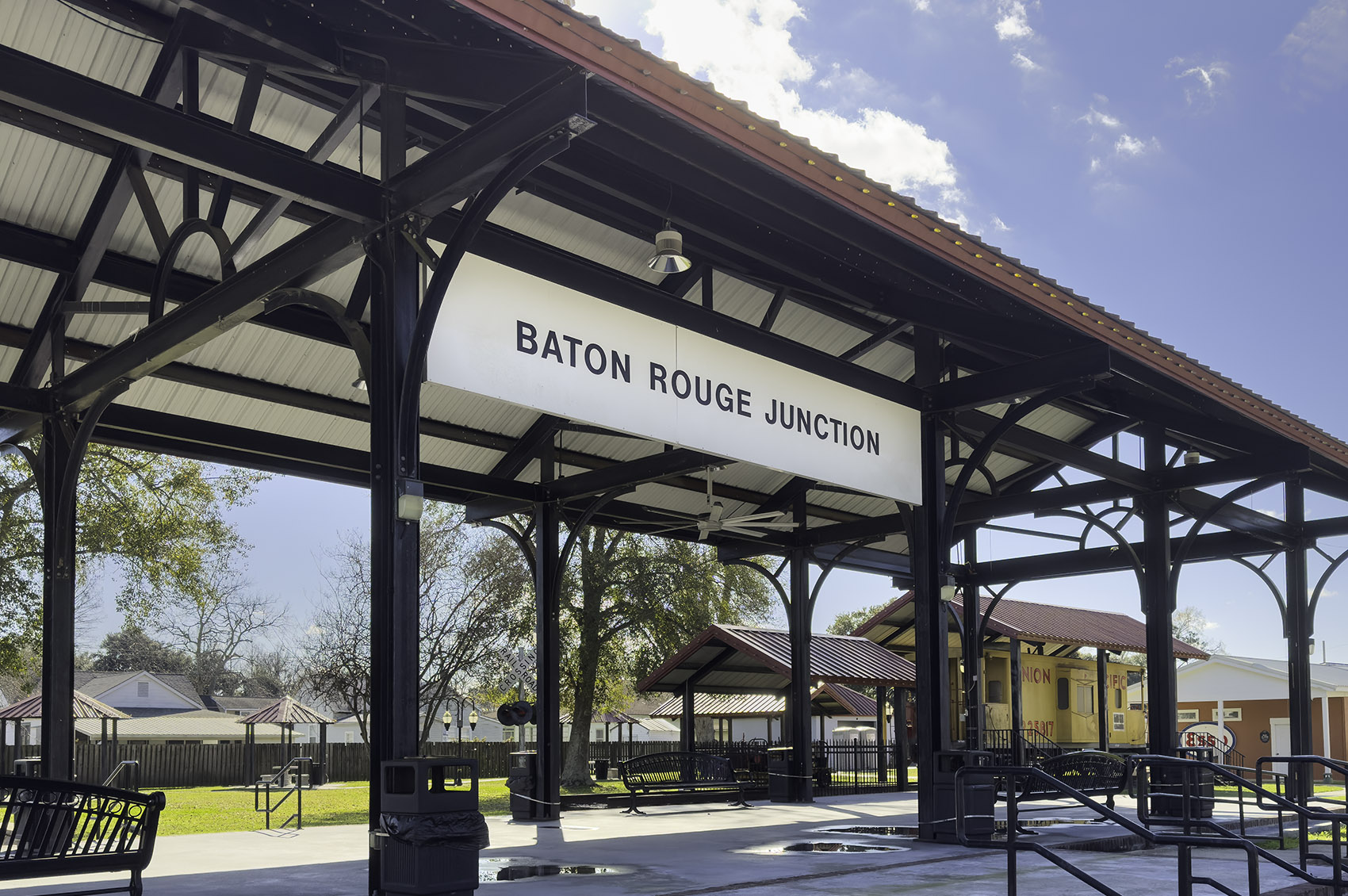
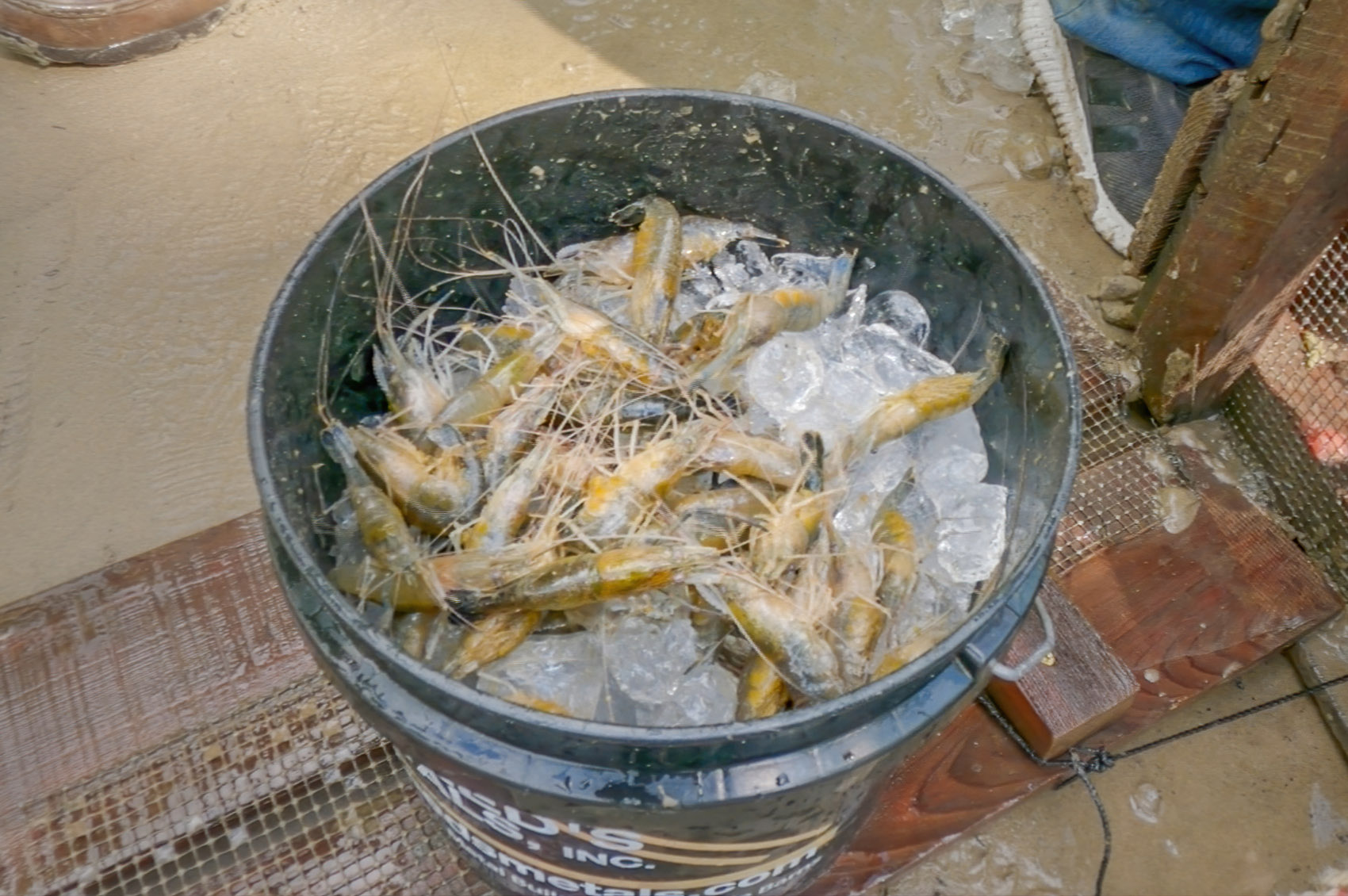
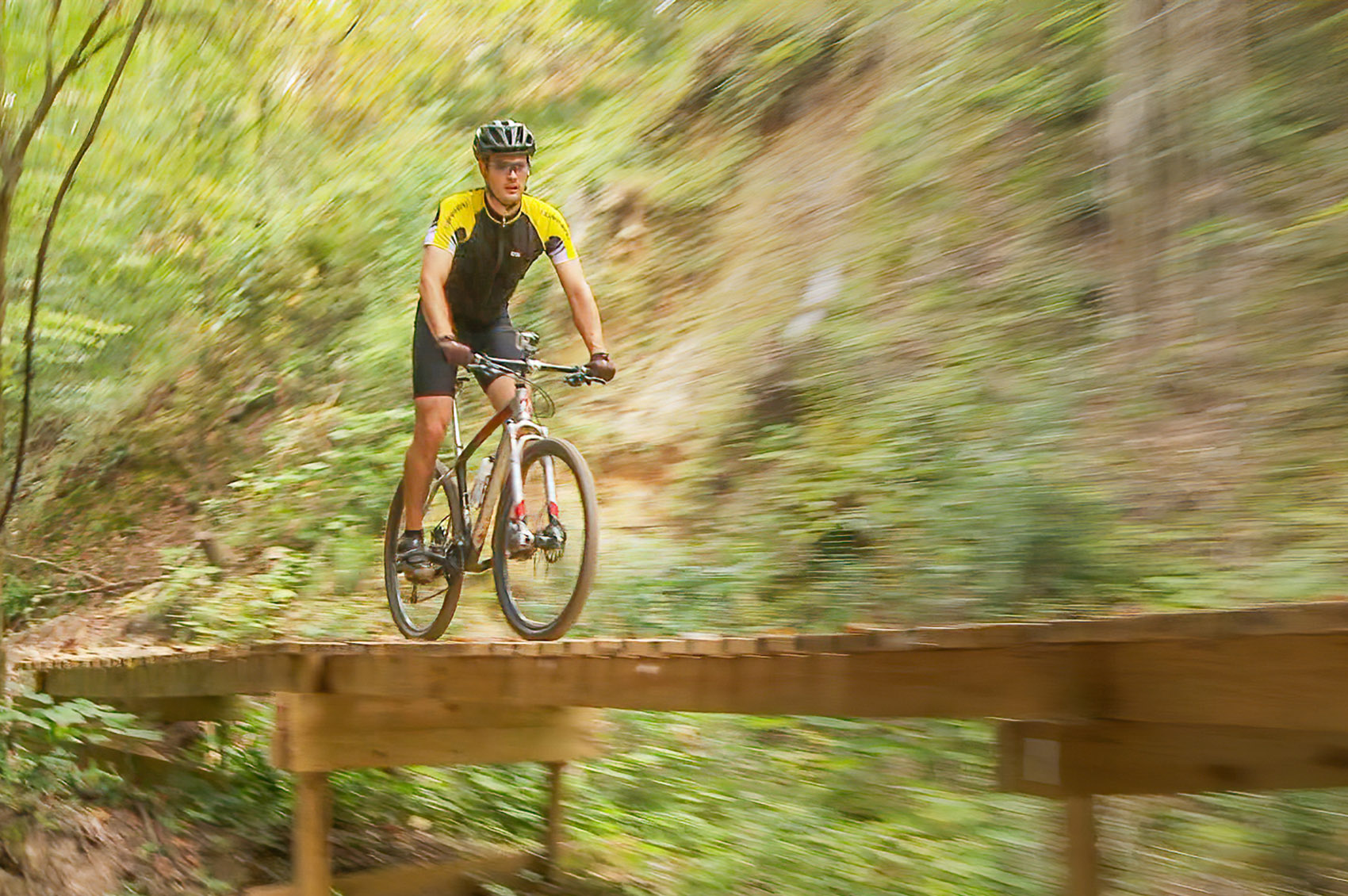
Leave a Reply